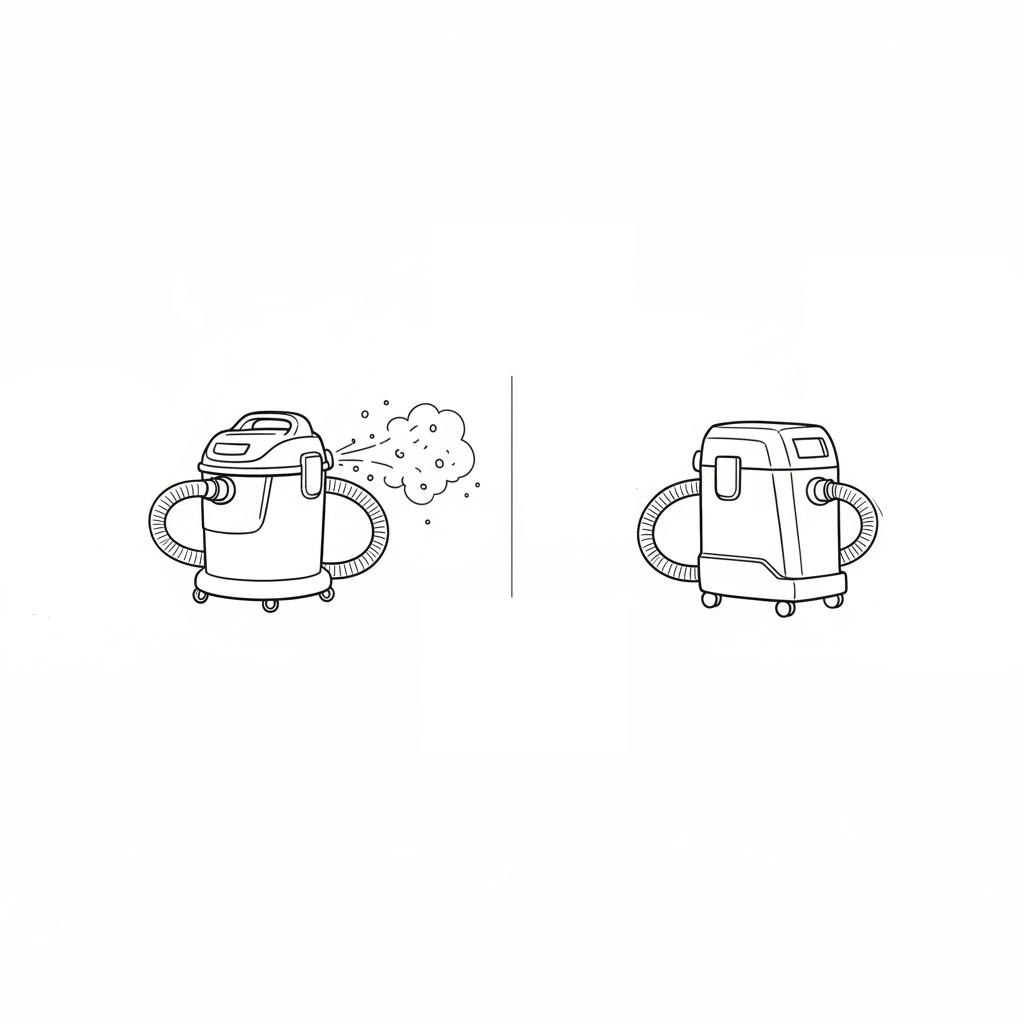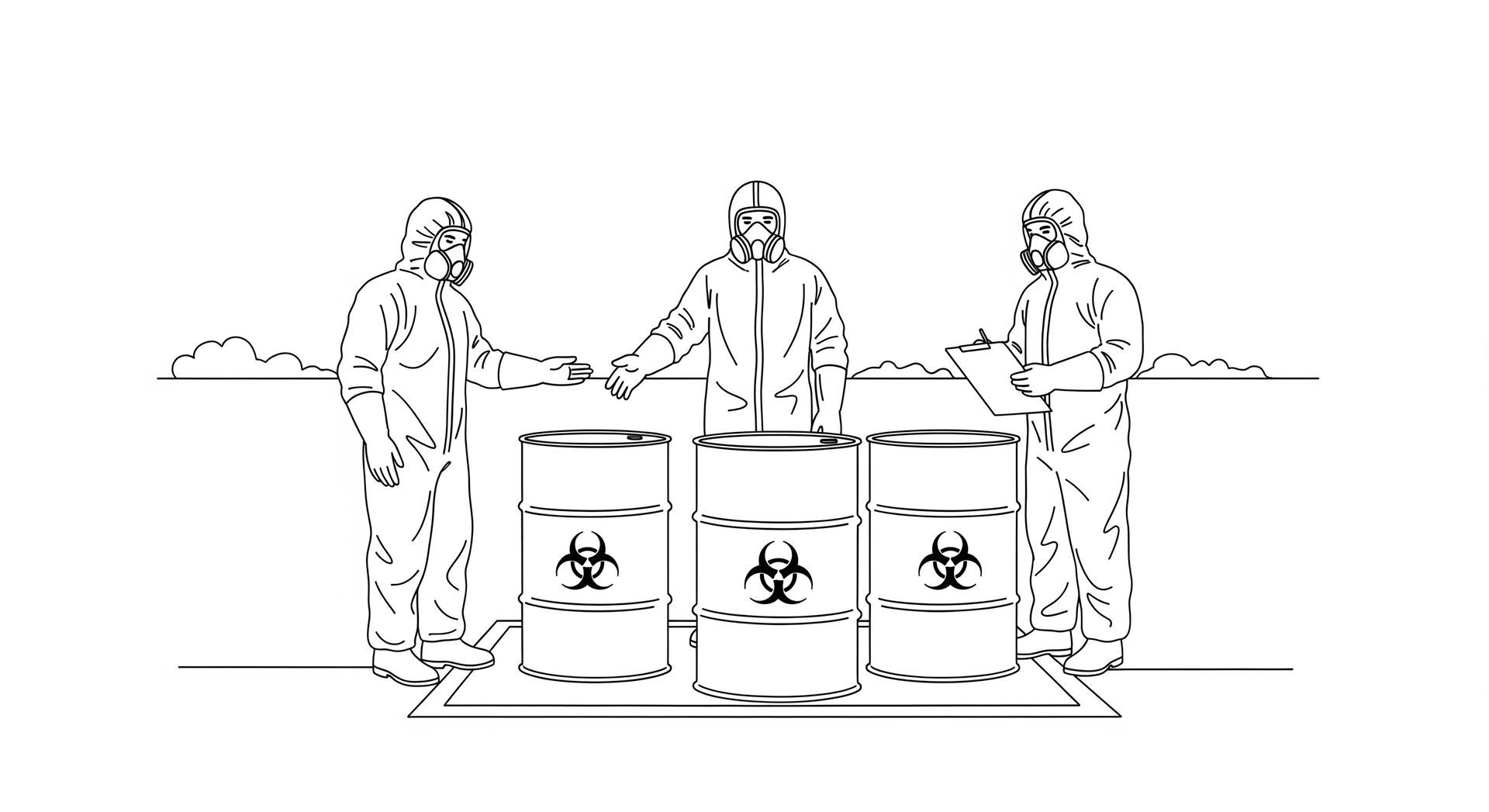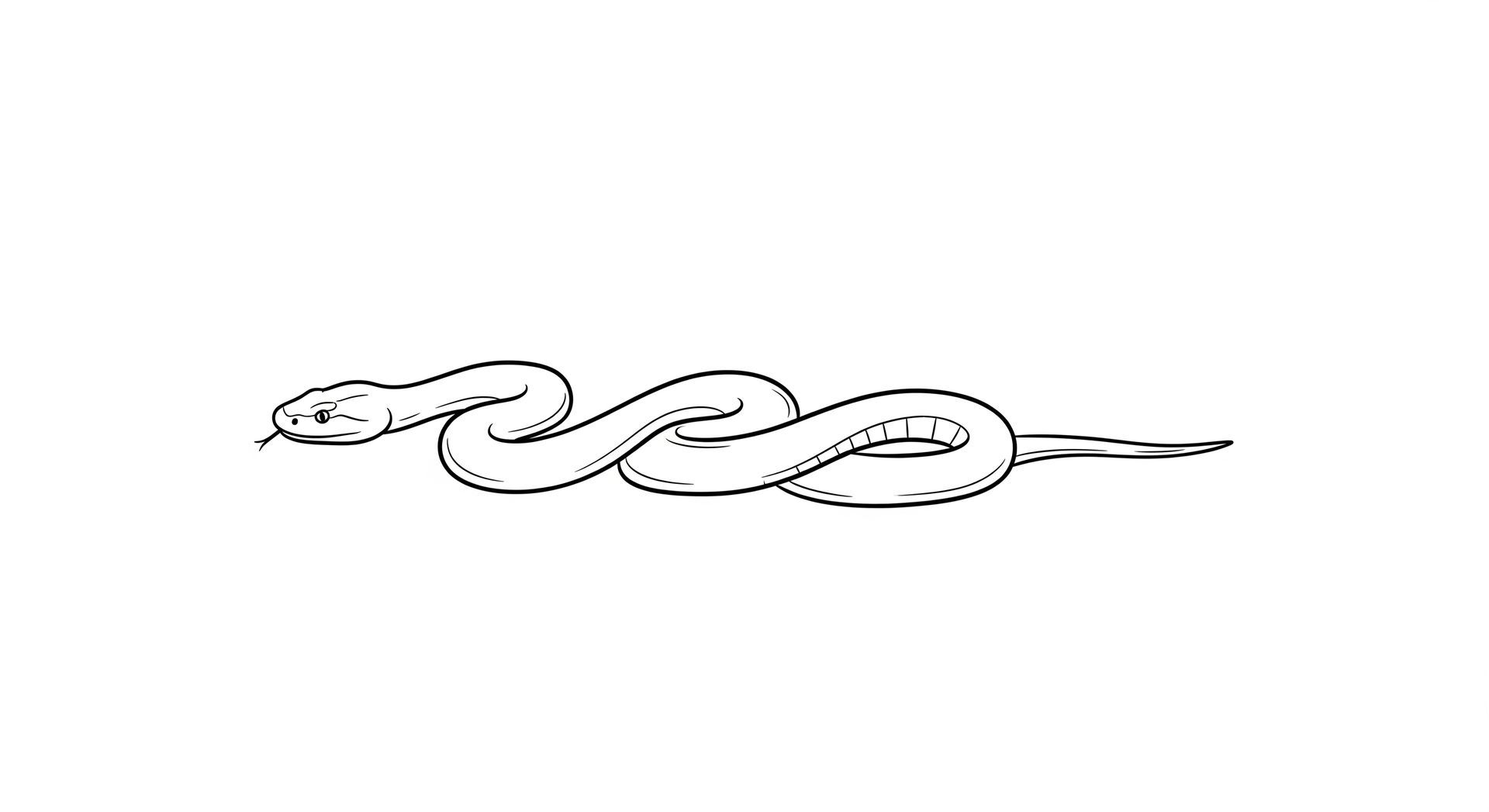Safety Worst Practices: Shaking or Inverting Fire Extinguishers During Inspection
When inspecting fire extinguishers, some people (including a troubling number of safety professionals and extinguisher training instructors) think that it is necessary to shake, tap, or invert the extinguisher contents to keep them properly mixed, or prevent them from solidifying.
However, this is not only unnecessary but also potentially unsafe, and can damage the extinguisher. The myth of needing to shake or invert extinguishers is so common, Amerex, the world's largest manufacturer of fire extinguishers, has had to release a notice telling people NOT to do this because it can damage the extinguisher.
Dry chemical extinguishers are essentially a pressurized cylinder containing a powder extinguishing agent, which is released when the extinguisher is activated. Modern extinguishers are designed and tested so that the extinguishing agent is distributed evenly and remains effective even when the extinguisher is stored for long periods.
Shaking or inverting the extinguisher can damage the internal parts of the extinguisher, including the gauge and pressure valve. This can reduce the extinguisher’s effectiveness or even cause it to malfunction when needed.
Extinguishers are also heavy, and difficult to grip when shaking or inverting. There is the risk that the person inspecting the extinguisher may accidentally drop it, injuring themselves or damaging the extinguisher.
Avoid this safety "worst practice" and instead focus on the essentials of a good extinguisher inspection:
- Look for Physical Damage: Check the extinguisher body, valve, nozzle, and hose for any signs of damage or corrosion.
- Check the Pressure Gauge: If the extinguisher has a gauge, verify that the needle is in the green zone, indicating that the extinguisher is properly pressurized.
- Inspect the Pin and Seal: Verify that the safety pin and plastic seal are intact, ensuring the extinguisher hasn’t been used or tampered with.
By following these steps, you ensure that the extinguisher remains in good working order without the risk of damaging it or injuring yourself by shaking, taping, or turning it upside down. Proper inspection, handling and storage are key to ensuring that a fire extinguisher is ready when you need it most.




